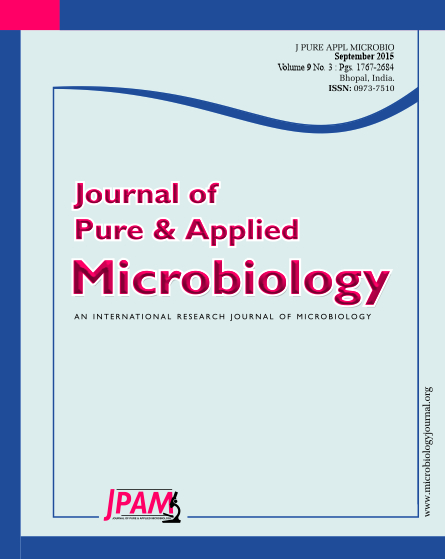Herbs have been used as traditional medicine since the ancient times as primary health care for local people. This experiment was aimed to study the individual antibacterial activity of six Thai local herbs (Tradescantia spathacea, Andrographis paniculata, Eleocharis acicularis, Acacia concinna, Phyllanthus niruri, and Tinospora cordifolia) against six foodborne pathogenic bacteria (Escherichia coli ATCC25822, Samonella enterica Typhimurium U302 (DT1046), S. enterica Enteritidis (human), S. enterica 4,5,12: i-(human) US clone, Bacillus cereus, and Listeria monocytogenes 10403S) under five extractions (95% ethanol, chloroform, hexane, sterile distilled water, and autoclaving at 121°C 15 PSI for 15 minutes). Agar disc diffusion method was used to evaluate antibacterial activity. The results showed that 95% ethanol and chloroform extraction gave the highest antibacterial activity of all herb extracts against all bacteria. The range of antibacterial activity is between 7.0 mm to 10.5 mm. The highest antibacterial activity was chloroform extract of T. cordifolia against S. enterica Typhimurium U302 (DT1046). The range of MIC and MBC is between 32 µl/ml to 256 µl/ml. These results showed the promising of antibacterial activity of six Thai local herbs which are stepping stone for further application like food industry, pharmaceutical industry, and cosmetic industry.
Antibacterial activity, Thai local herb, foodborne pathogenic bacteria
© The Author(s) 2015. Open Access. This article is distributed under the terms of the Creative Commons Attribution 4.0 International License which permits unrestricted use, sharing, distribution, and reproduction in any medium, provided you give appropriate credit to the original author(s) and the source, provide a link to the Creative Commons license, and indicate if changes were made.


